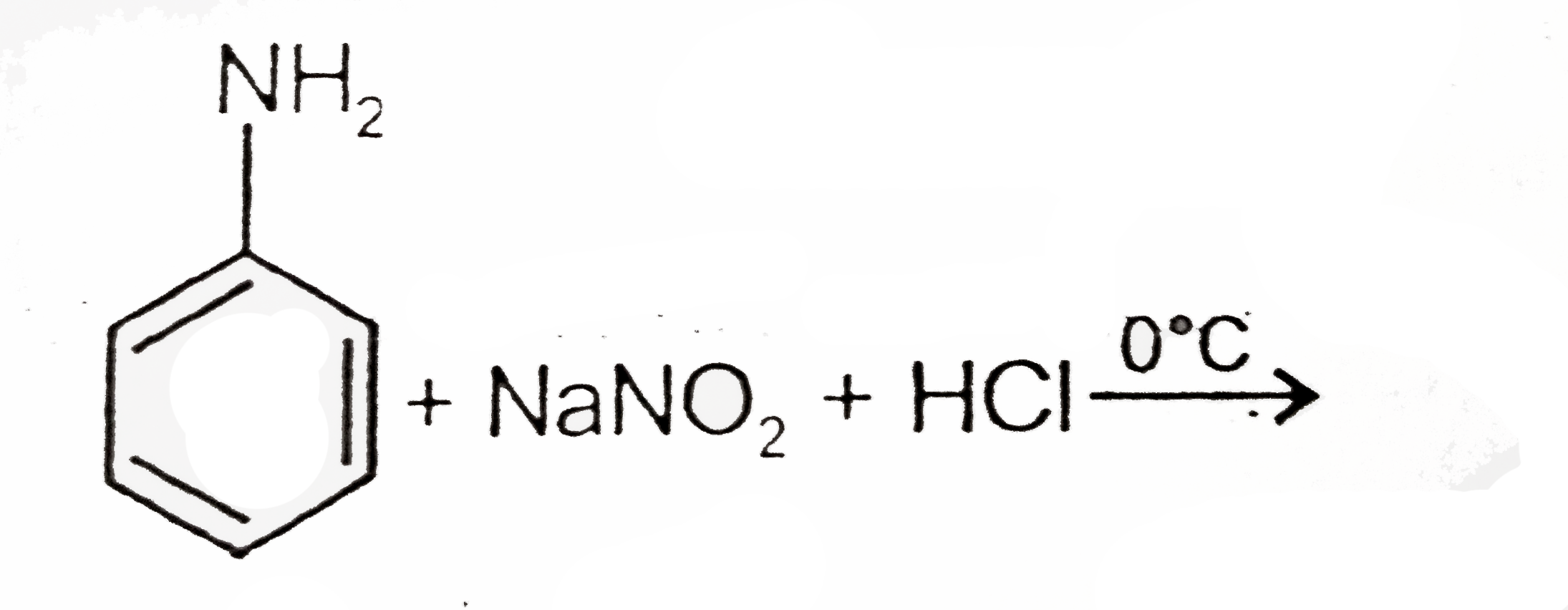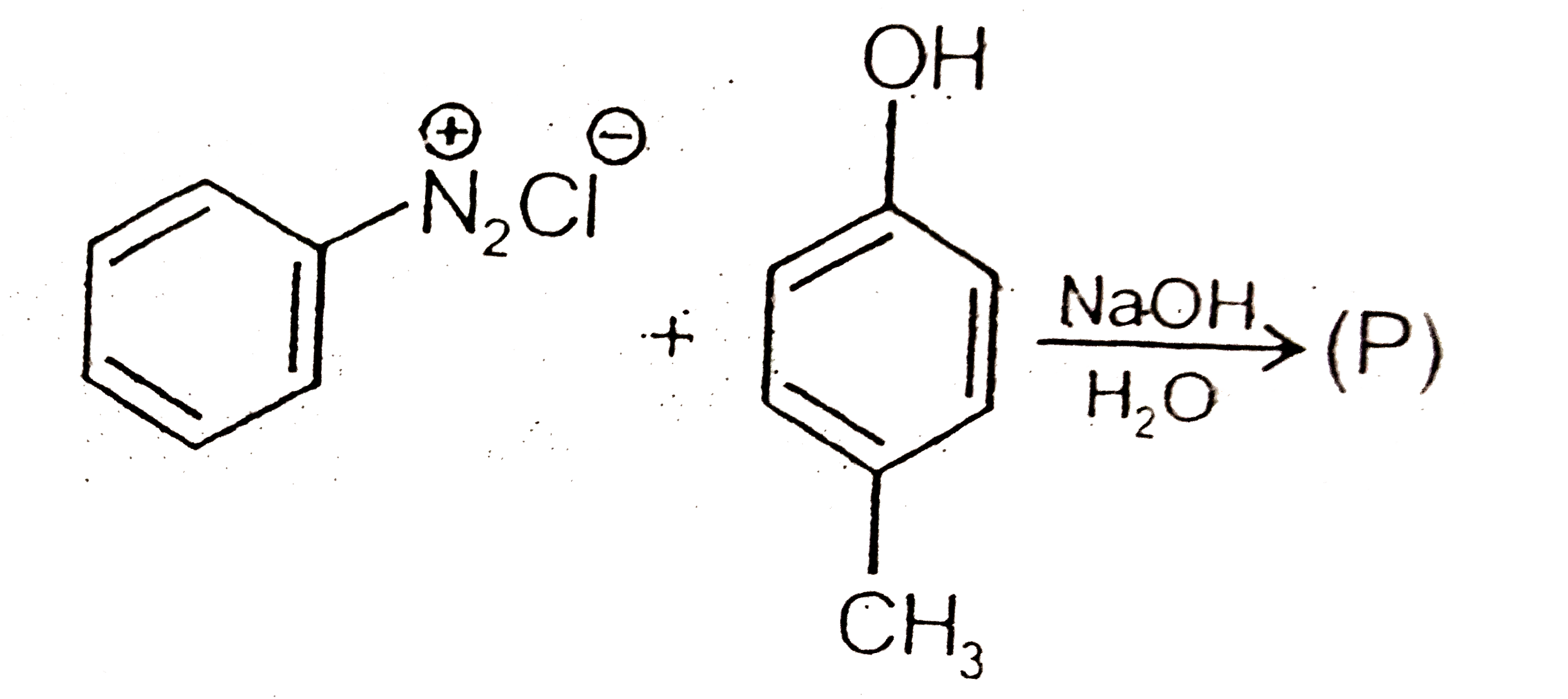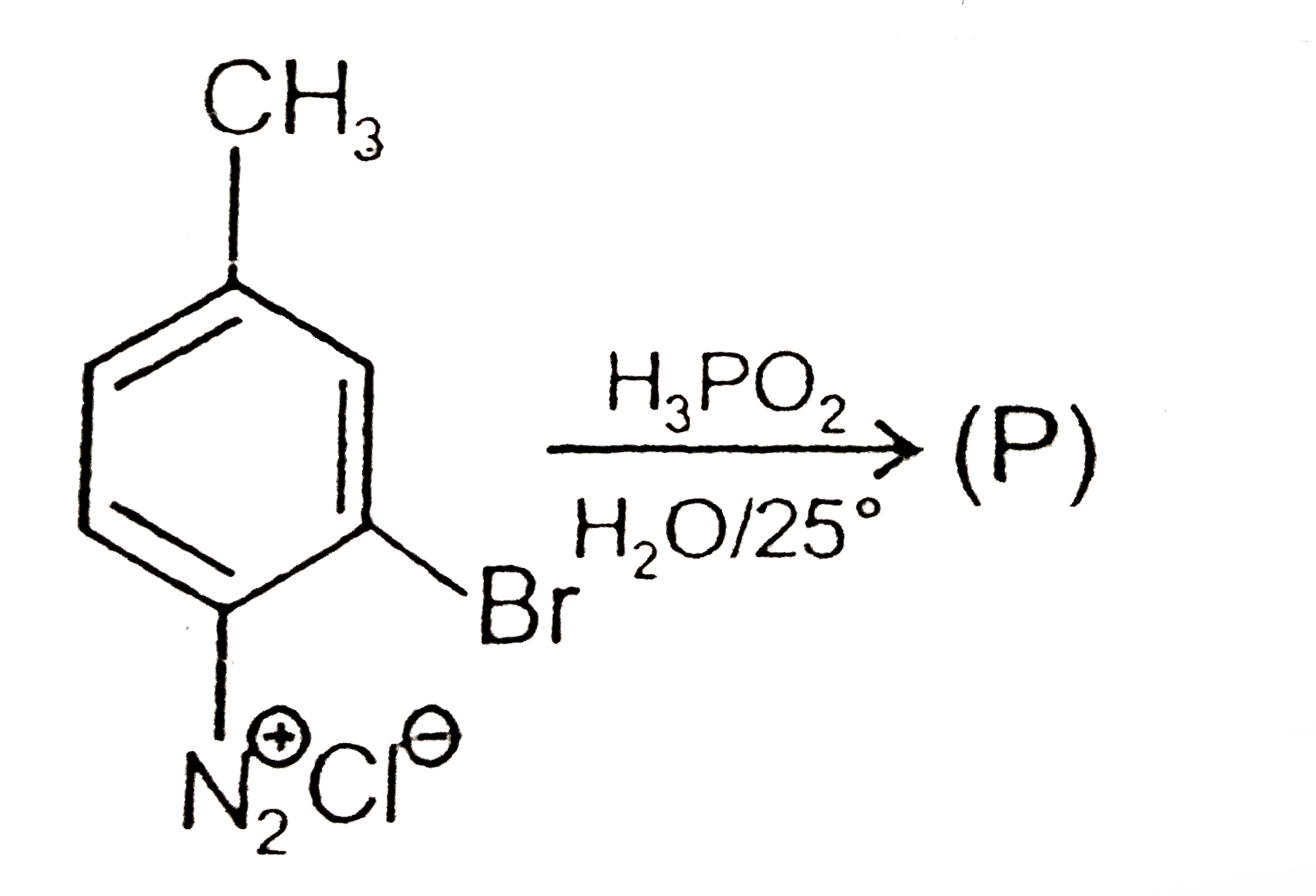NA (nucleophilic addition) reaction of alcohols with aldehydes gives hemiacetal, whereas phenols react with aldehydes and ketones in acidic medium and give electrophilic substitution product. True/False
To determine whether the statement is true or false, we need to analyze the two parts of the statement regarding the reactions of alcohols and phenols with aldehydes and ketones.
1. Understanding Alcohols and Aldehydes:
- Alcohols (R-OH) can react with aldehydes (R'-CHO) through a nucleophilic addition mechanism.
- In this reaction, the oxygen atom of the alcohol, which has lone pairs of electrons, acts as a nucleophile and attacks the electrophilic carbon of the carbonyl group (C=O) in the aldehyde.
- This leads to the formation of a hemiacetal (R-CHOH-R').
2. Formation of Hemiacetals:
- The reaction can be summarized as follows:
R−OH+R′−CHO→R−CHOH−R′(Hemiacetal)
- This confirms that alcohols react with aldehydes to form hemiacetals.
3. Understanding Phenols and Aldehydes/Ketones:
- Phenols (Ar-OH) react with aldehydes and ketones in the presence of an acidic medium.
- In this case, the phenolic hydroxyl group can also act as a nucleophile, but the reaction mechanism is different.
- Instead of forming hemiacetals, phenols undergo electrophilic substitution reactions when reacting with aldehydes and ketones.
4. Electrophilic Substitution Reaction:
- The electrophilic substitution involves the aromatic ring of the phenol attacking the electrophilic carbon of the aldehyde or ketone.
- This can be summarized as follows:
Ar-OH+R'-CHO or R'-C(=O)-R''→Ar-R'+H2O(Electrophilic Substitution)
- This confirms that phenols react with aldehydes and ketones to give electrophilic substitution products.
5. Conclusion:
- Since both parts of the statement are correct, we conclude that the statement is True.
Final Answer:
The statement is True.
---
- Alcohols (R-OH) can react with aldehydes (R'-CHO) through a nucleophilic addition mechanism.
- In this reaction, the oxygen atom of the alcohol, which has lone pairs of electrons, acts as a nucleophile and attacks the electrophilic carbon of the carbonyl group (C=O) in the aldehyde.
- This leads to the formation of a hemiacetal (R-CHOH-R').
- The reaction can be summarized as follows:
R−OH+R′−CHO→R−CHOH−R′(Hemiacetal)
- This confirms that alcohols react with aldehydes to form hemiacetals.
- Phenols (Ar-OH) react with aldehydes and ketones in the presence of an acidic medium.
- In this case, the phenolic hydroxyl group can also act as a nucleophile, but the reaction mechanism is different.
- Instead of forming hemiacetals, phenols undergo electrophilic substitution reactions when reacting with aldehydes and ketones.
- The electrophilic substitution involves the aromatic ring of the phenol attacking the electrophilic carbon of the aldehyde or ketone.
- This can be summarized as follows:
Ar-OH+R'-CHO or R'-C(=O)-R''→Ar-R'+H2O(Electrophilic Substitution)
- This confirms that phenols react with aldehydes and ketones to give electrophilic substitution products.
- Since both parts of the statement are correct, we conclude that the statement is True.
The statement is True.
Topper's Solved these Questions
- ALCOHOL,PHENOL AND ETHERSBOOK - CENGAGE CHEMISTRY ENGLISHCHAPTER - ALCOHOL,PHENOL AND ETHERSEXERCISE - Exercises Subjective
25 Videos
- ALCOHOL,PHENOL AND ETHERSBOOK - CENGAGE CHEMISTRY ENGLISHCHAPTER - ALCOHOL,PHENOL AND ETHERSEXERCISE - Exercises Concept Application
33 Videos
- ALCOHOL,PHENOL AND ETHERSBOOK - CENGAGE CHEMISTRY ENGLISHCHAPTER - ALCOHOL,PHENOL AND ETHERSEXERCISE - Archives Analytical And Descriptive
15 Videos
- ALIPHATIC AND AROMATIC ALDEHYDES AND KETONESBOOK - CENGAGE CHEMISTRY ENGLISHCHAPTER - ALIPHATIC AND AROMATIC ALDEHYDES AND KETONESEXERCISE - Archives Subjective
26 Videos
Similar Questions
Give nucleophilic addition reaction of acetaldehyde with
Ethyl alcohol
View SolutionHow aldehydes and ketones are distinguished ? Give two chemical reactions.
View SolutionWhy do aldehydes and ketones undergo nucleophilic addition reactions. Give one example.
View SolutionWhy are aldehydes more reavtice than ketones towards nucleophilic addition reactions ?
View SolutionA : Aldehydes and ketones undergo nucleophilic addition reaction.
R : Aldehydes and ketones contain carbonyl group.
View SolutionGive reasons in one or two sentances for the following: 'Hydrazones of aldehydes and ketones are not prepared in highly acidic medium'.
View SolutionArenediazonium ion are weak electrophiles, they react with highly reactive aromatic compounds with phenols and tertiary aryl amines to yeild azo compounds. This electrophilic substitution is often called a diazo coupling reaction.
What is the major product of given reaction?

View SolutionArenediazonium ion are weak electrophiles, they react with highly reactive aromatic compounds with phenols and tertiary aryl amines to yeild azo compounds. This electrophilic substitution is often called a diazo coupling reaction.
What is the major product of given reaction?

View SolutionArenediazonium ion are weak electrophiles, they react with highly reactive aromatic compounds with phenols and tertiary aryl amines to yeild azo compounds. This electrophilic substitution is often called a diazo coupling reaction.
What is the major product of given reaction?

The product (P) is
View SolutionKetones are generally less reactive than Aldehydes in nucleophilic addition reactions because
View Solution